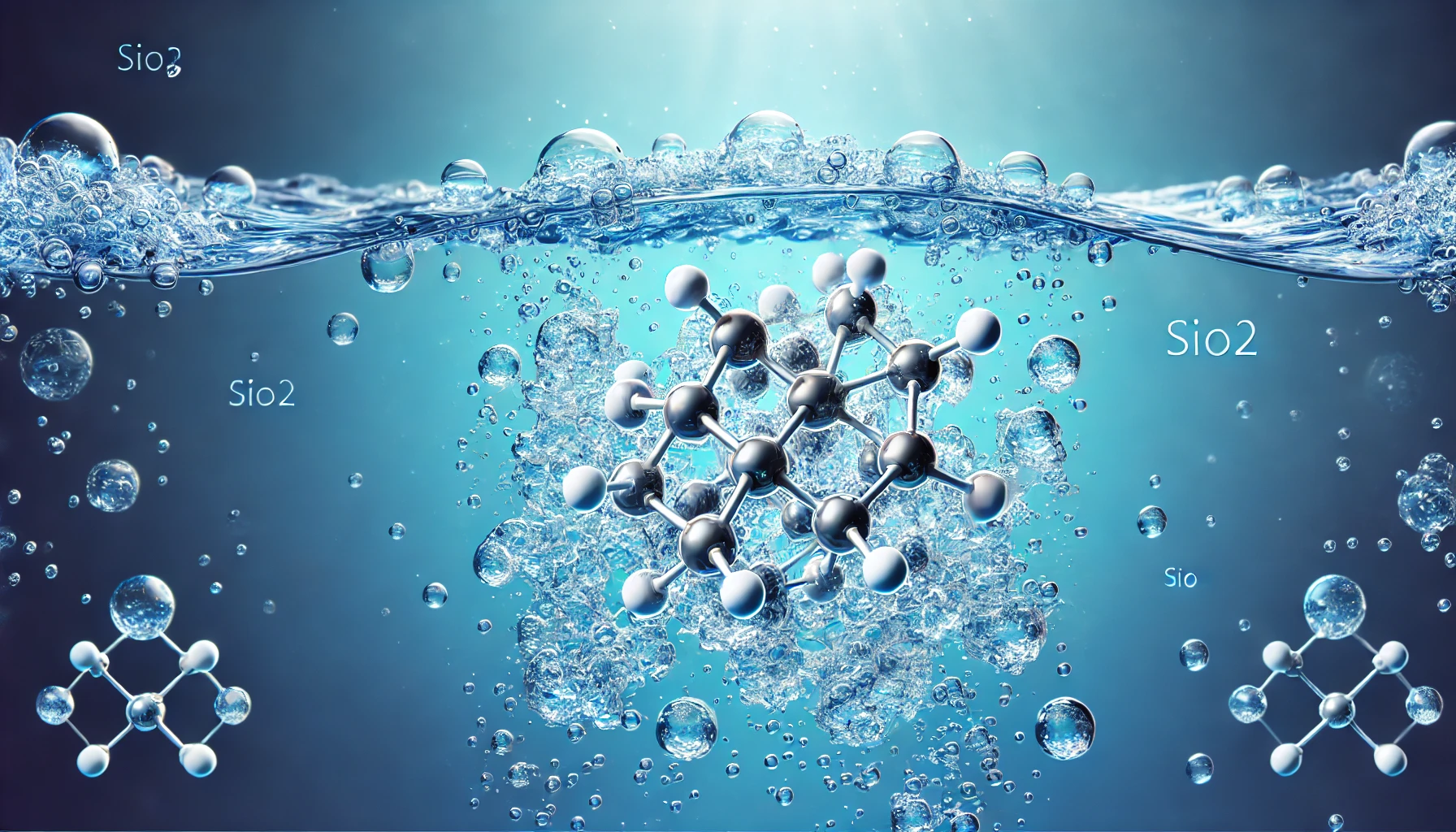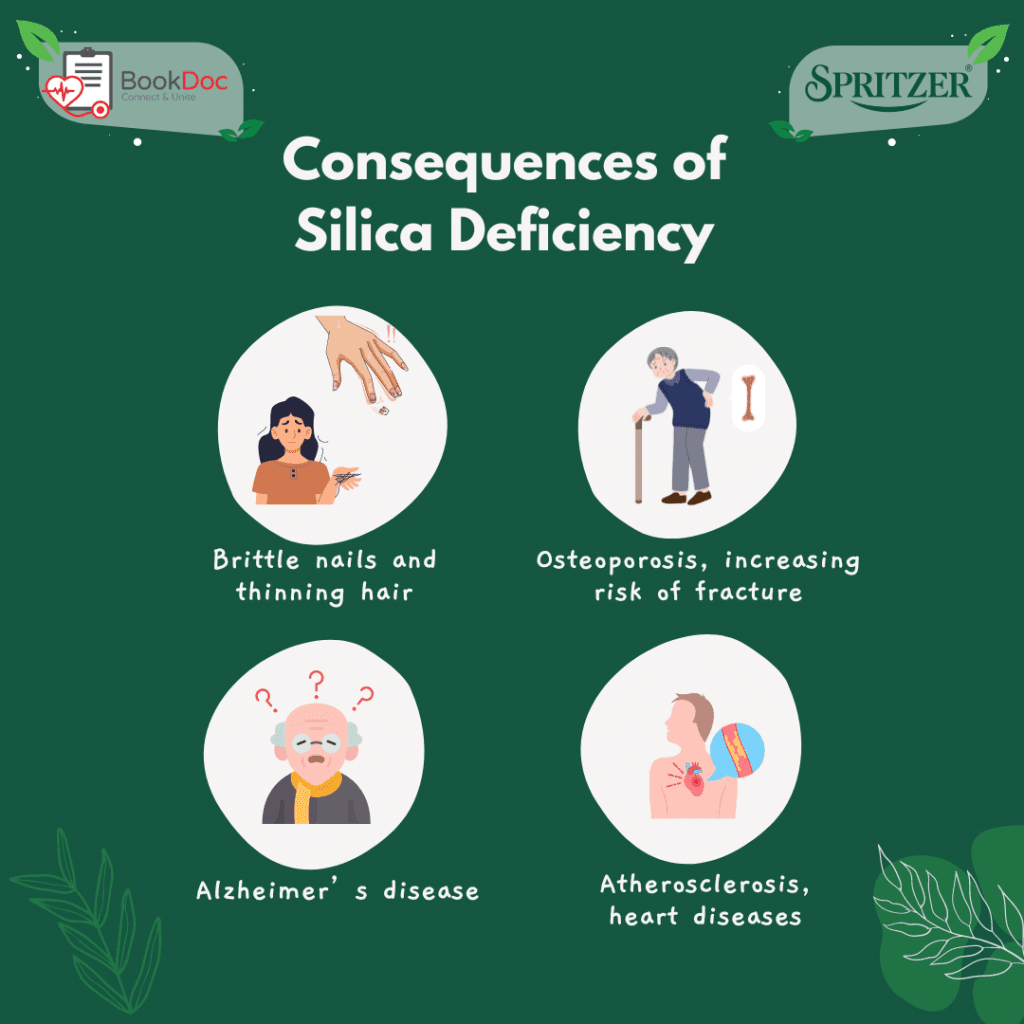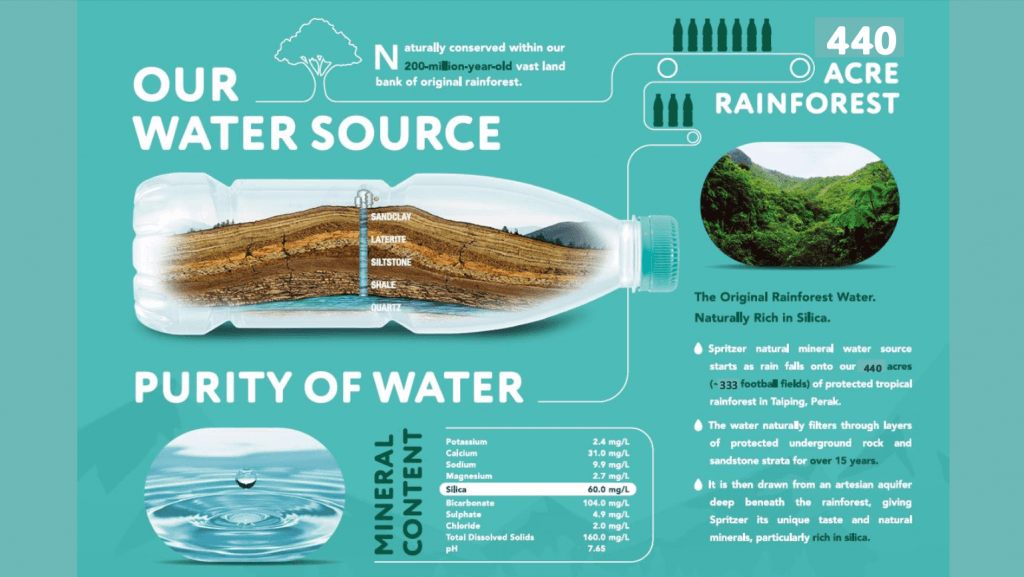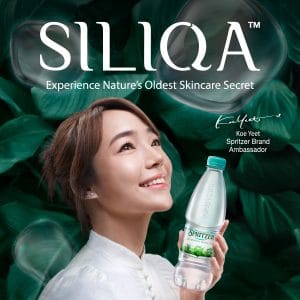
Silica, also known as silicon dioxide, is a naturally occurring mineral found abundantly in the earth’s crust. It is a critical component of soil, sand, and various rocks, playing a key role in the structure of plants and mineral life. Through natural processes, silica is absorbed into plants and water sources, making it accessible to humans in different forms. Although often overlooked, silica is essential for maintaining various aspects of human health.
What is Silica?
Silica forms the backbone of many of the materials we encounter daily, such as quartz, glass, and sand. In nature, it slowly dissolves into water systems through the soil and rocks, enriching water sources with essential minerals. These trace amounts of silica then make their way into our bodies through drinking water and certain plant-based foods (Colombo, 2022).
However, its importance goes beyond its geological presence. In humans, silica contributes to the synthesis of collagen, a vital protein that maintains the elasticity of our skin, the strength of our hair and nails, and the health of our bones (Martin, 2007). Though small in quantity, silica’s impact on our bodily functions is far-reaching.
Consequences of Silica Deficiency

Though silica deficiency is uncommon, inadequate levels of silica can lead to various health issues (Jugdaohsingh, 2007),(Dudek, Kochman, & Dziedzic, 2024), such as:
- Brittle nails and thinning hair
- Weak bones, osteoporosis, increasing the risk of fractures
- Alzheimer’s disease
- Atherosclerosis, Cardiovascular diseases
Sources of Silica from Diet
Now let’s talk about where we can get this essential nutrient. Aside from water, silica can be consumed through a variety of foods, particularly plant-based options. Common dietary sources of silica include :
- Green beans
- Brown rice
- Bananas
- Leafy greens
- Oats
- Cereal grains
Yes, if you’ve noticed, natural sources of silica are generally from fruits, vegetables, cereals, and mineral water. However, the silica content in these foods can diminish depending on how they are processed or cooked. Food processing can cause significant losses of silica (up to 50%), so unprocessed whole-grain products contain much higher quantities (Sadowska & Swiderski, 2020). At the same time, certain foods although unprocessed, can also have lower absorption rates such as bananas where silicon present in bananas are in significant quantities (5 mg/portion) but only 5% absorbed (Sadowska & Swiderski, 2020). Therefore, relying solely on dietary sources may not provide the optimal levels of silica your body requires daily.
How Silica is Derived from Spritzer

Spritzer’s silica-rich natural mineral water is sourced from deep aquifers located beneath the pristine rainforests of Taiping, Malaysia. The water is naturally filtered through layers of soil and rocks, which gradually dissolve silica and other essential minerals into the water. This natural filtration process not only ensures that Spritzer’s water retains a high level of purity, but also provides silica in its most soluble and bioavailable form, ensuring optimal absorption by the body. With this rich mineral content, including a significant amount of silica, Spritzer offers a refreshing and nourishing way to stay hydrated.
What Makes Spritzer’s Silica Unique?
What sets Spritzer apart from other water brands is its extraordinarily high concentration of silica—one of the highest in the world at 60mg/L. This makes Spritzer’s natural mineral water not only a refreshing way to hydrate but also an easy and natural source of silica. With consistent consumption, Spritzer provides a convenient way to support your body’s silica needs, contributing to healthier skin, stronger bones, and more resilient hair and nails. Not to mention, Spritzer’s silica-rich natural mineral water has been internationally awarded with 3 golden stars by The International Taste and Quality Institute (iTQi) for its superior taste.
Introducing SILIQA by Spritzer

Spritzer invites you to experience SILIQA, a refreshing journey into silica-rich natural mineral water sourced from the untouched rainforests of Taiping. With every sip, SILIQA offers more than just hydration—it delivers the purity of nature and the rejuvenating benefits of one of the world’s highest silica concentrations. Feel revitalized as SILIQA nourishes your body with essential minerals, enhancing your vitality and well-being. Immerse yourself in the crisp, refreshing taste of water that connects you to nature’s finest.
Visit www.siliqa.com for more information.
Acknowledgement*: While there is currently no established Recommended Dietary Allowance (RDA) for silica, research suggests that its potential health benefits remain strong, and there is no known harm in consuming silica from natural sources like Spritzer’s mineral water. In fact, a deficiency in silica may be more harmful, as it can lead to issues such as brittle nails, weak bones, and decreased skin elasticity. So why wait? Start incorporating silica into your hydration routine today!
References:
1. Shutterstock. (n.d.). Silicon dioxide rotating 3D model, silica seamless [Video]. Shutterstock.https://www.shutterstock.com/video/clip-3485996013-silicon-dioxide-rotating-3d-model-silica-seamless
2. Colombo, D. (2022, October 14). Silicon absorption in plants. Agridaeus. https://www.agridaeus.com/news/silicon-absorption-in-plants#:~:text=Silicon%20is%20taken%20up%20by,polymerizes%20into%20colloidal%20silica%20gel
3. Martin, K. (2007). The chemistry of silica and its potential health benefits. The Journal of Nutrition, Health & Aging, 11(2), 94-97
4. Jugdaohsingh R. (2007). Silicon and bone health. The journal of nutrition, health & aging, 11(2), 99–110.
5. Dudek, Ł., Kochman, W., & Dziedzic, E. (2024). Silicon in prevention of atherosclerosis and other age-related diseases. Frontiers in cardiovascular medicine, 11, 1370536. https://doi.org/10.3389/fcvm.2024.1370536
6. Sadowska, A., & Swiderski, F. (2020). Sources, bioavailability, and safety of silicon derived from foods and other sources added for nutritional purposes in food supplements and functional foods. Applied Sciences, 10(18), 6255. https://doi.org/10.3390/app10186255












